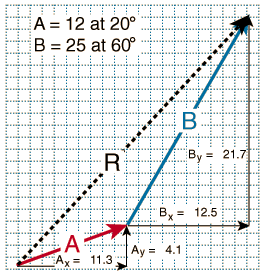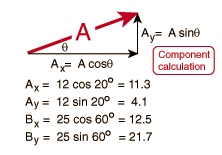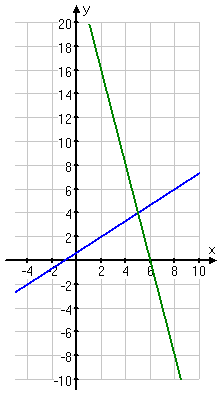5, 10, 20, 40, 80...
After arithmetic sequences, we learned about geometric sequences. Instead of dealing with addition and subtraction, we use multiplication or division.
With geometric sequences, the common ratio (r) is used to find the next terms.
r = ak+1/ak
The common ratio is found by taking the successive term and dividing it by the previous term. It is the ratio of any two successive terms of a geometric sequence.
With the sequence
5, 10, 20, 40, 80...
the common ratio=10/5=2
Recursive Definition:
a1 = a1
ak+1 = akr
Using the recursive definition, we must know the first term and can find the next terms by multiplying the common ratio with the previous term.
Explicit Definition:
This formula is used to find the nth term in a geometric sequence. The nth term can be found by multiplying the first term of the sequence by the common ratio that is raised to the number of the term in the sequence minus one. This formula is exponential.

Partial Sum:

Here is the proof of the partial sum formula that gives us the sum of n terms in a sequence.
Explanation of proof:
- Expand the finite geometric series to show at least a few terms, including the last.
- Multiply by the common ratio, r, on both sides.
- Subtract the two series, which causes the terms to collapse to only the first and last.
- Then solve for

Infinite Sum:
If the absoulute value of the common ratio is greater than or equal to one, adding each term of the series will result in positive or negative infinity. If the absolute value of the common is less than one, then the sum is found by taking the first term and dividing it by 1 minus the common ratio.

And that's about it!
Megan











 The same rule applies to when adding multiple vectors.
The same rule applies to when adding multiple vectors.

 The vector sum can be found by
The vector sum can be found by 









